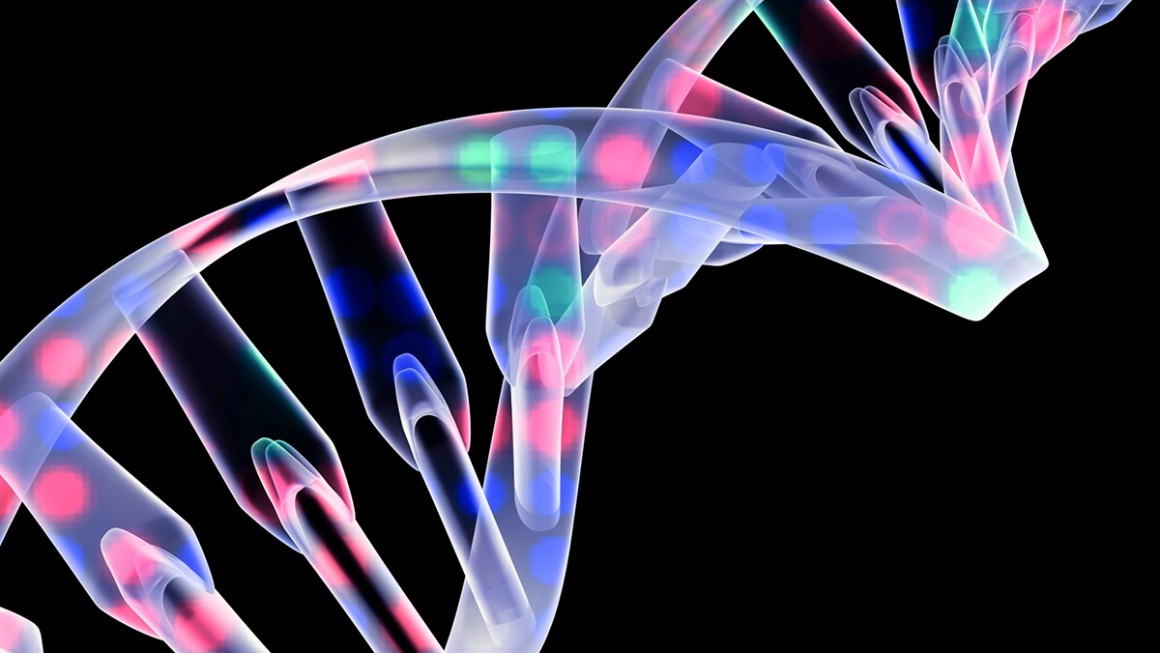Lipid droplets (LDs) are organelles with multi-functions. They have been studied extensively and proven to be the center of cellular energy metabolism. LDs are composed of neutral lipid core (triacylglycerols or sterol esters) and a phospholipid monolayer which contain proteins.
LDs are formed through a series of biochemical and biophysical reactions in endoplasmic reticulum (ER). The biochemical reactions can mediate the production of neutral lipids. The neutral lipids will form oil molecules which are encapsulated in the phospholipid bilayer between ER leaflets resulting in the diffusion within ER. The process the neutral lipids are separated from the phospholipid bilayer is called nucleation. The physicochemical factors of the phospholipid ER membrane affect the formation and nucleation of LDs, such as phospholipid composition, membrane tension and shape etc.
Previous studies show us that higher membrane surface tension can hamper the LDs assembly and promote larger LDs. However, the process of nucleation and how the physicochemical properties of the membrane affect them are not well understood. Many proteins affect the size and quantity of LDs assembly, and researches show that no protein is indispensable in such process. However, researchers found seipin, a kind of protein that is thought to be the key factor in LDs assembly. The dysfunction of seipin has been related to the severe lipodystrophy and neurological disorders. The absence of seipin leads to a phenotype of few super-sized and many tiny LDs. A cell can control the formation of the LDs, and a better understand of the process is important to treat the diseases caused by inefficient LDs assembly.
The research team found that membrane curvature decreased the energy barrier required by the assembly, nucleation and condensation of neutral lipid molecules. The membrane curvature affects the chemical potential of triglyceride molecules. Higher curvature increases the chemical potential of the triglyceride molecules, and at the same time, decreases the energy gap to nucleation barrier. As a result, higher membrane curvature catalyzes LD nucleation at tubules. In addition, higher membrane curvature should increase the frequency of appearance of unstable triglyceride clusters which could transit to stable nascent LDs. The process will result in the uncontrolled LDs assembly.
The body controls this process by the seipin protein. Seipin decides the location where the LDs form and controls the number of LDs assembly on tubules. In addition, seipin guarantees the stability and growth of seipin-positive triglyceride clusters by controlling the transition of some riglyceride clusters into nascent LDs. The triglyceride clusters are not regulated and form nascent LDs uncontrollably without seipin.




